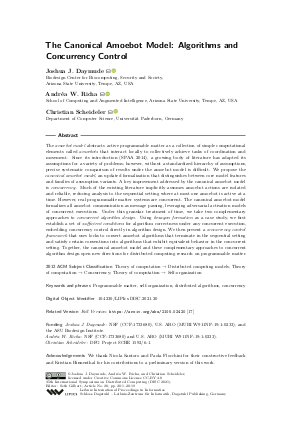LIPIcs.DISC.2021.20.pdf
- Filesize: 0.87 MB
- 19 pages

 Creative Commons Attribution 4.0 International license
Creative Commons Attribution 4.0 International license









































Feedback for Dagstuhl Publishing